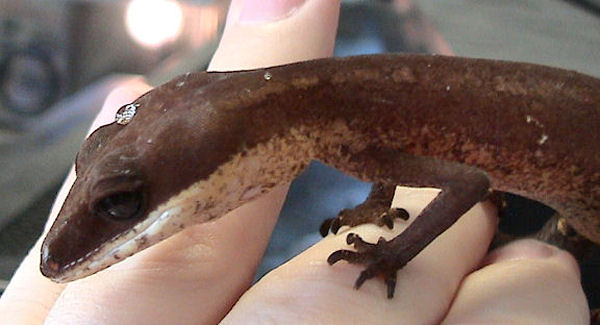Type the name of the breed you're looking for below
[wpdreams_ajaxsearchlite] Don't see the breed your're looking for? Click here and let us know!
Cat Gecko/Malaysian Cat Gecko
| Place of Origin and Range | A Malayan species, the cat gecko is ranges from Peninsula Malaysia, into Thailand, Singapore, Sabah, and Sarawak. |
| Description | The cat gecko is a lightly built gecko, typically red-brown in colour with white spots on its body, and solid white under its chin, and sometimes to the belly. Some specimens have brown blotching along the back. It is considered to be one of the more primitive geckos, and is physically quite similar in body structure to the few fossils of early geckos which have been discovered |
| Morph Patterns Available | Yes |
| Adult Size | Can grow up to 7 in ( 17.5 cm ) |
| Accommodation | Most geckos prefer warm habitat with lots of shade and hides. High humidity and lots of branches for climbing. Provide a small water dish and mist twice daily. Cover the sides of the cage when possible to prevent injury to your gecko from running into glass. |
| Lifespan | Can live 10+ years |
| Feeding / Diet | Mainly insects and prepared gecko diet. |
| Other Considerations | The Cat gecko is a popular choice for a pet gecko, though they are not very commonly available and captive breeding is known to be difficult. Wild caught specimens often have heavy parasite loads, and they are easily susceptible to stress, so care can be difficult. Healthy geckos with appropriate living conditions shed regularly. They shed completely and often eat their shed to the point where the keeper may not even notice that the gecko has shed. Some geckos experience shedding problems occasionally and others chronically have difficulty shedding. Signs of shedding difficulty range from large sheets of shed clinging to the head, tail or limbs to residual shed left around the eyes, on the tail tip or the toes. This shed must be removed since it can cause constrictive damage to the extremities. All geckos require calcium to maintain strong bones and vitamin D3 to aid in metabolizing the calcium. Calcium is generally supplied in powdered form in a bowl, through dusted feeders or as an ingredient in fruit. |



